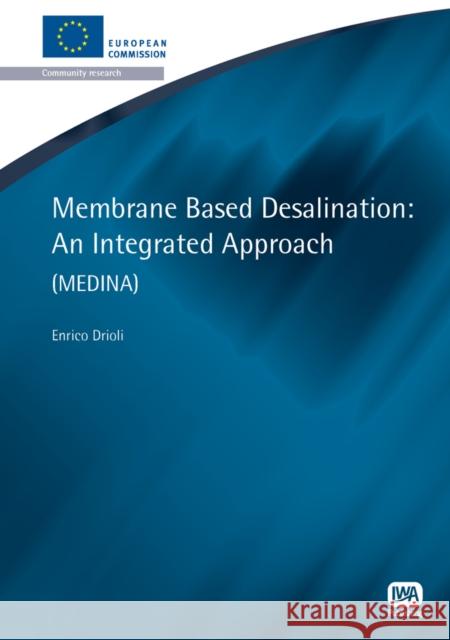Membrane Based Desalination: An Integrated Approach » książka
Membrane Based Desalination: An Integrated Approach
ISBN-13: 9781843393214 / Angielski / Miękka / 2011 / 247 str.
Reverse osmosis is the dominant technology in water desalination. However, some critical issues remain open: improvement of water quality, enhancement of the recovery factor, reduction of the unit water cost, minimizing the brine disposal impact. This book aims to solve these problems with an innovative approach based on the integration of different membrane operations in pre-treatment and post-treatment stages.
Membrane-Based Desalination: An Integrated Approach (acronym MEDINA) has been a three year project funded by the European Commission within the 6th Framework Program. The project team has developed a work programme aiming to improve the current design and operation practices of membrane systems used for water desalination, trying to solve or, at least, to decrease the critical issues of sea and brackish water desalination systems. In the book, the main results achieved in the nine Work Packages constituting the project will be described, and dismissed by the leaders of the various WPs.
The following areas are explored in the book: the development of advanced analytical methods for feed water characterization, appropriate fouling indicators and prediction tools, procedures and protocols at full-scale desalination facilities; the identification of optimal seawater pre-treatment strategies by designing advanced hybrid membrane processes (submerged hollow fibre filtration/reaction, adsorption/ion exchange/ozonation) and comparison with conventional methods; the optimisation of RO membrane module configuration, cleaning strategies, reduction of scaling potential by NF; the development of strategies aiming to approach the concept of Zero Liquid Discharge (increasing the water recovery factor up to 95% by using Membrane Distillation - MD; bringing concentrates to solids by Membrane Crystallization or Wind Intensified Enhanced Evaporation) and to reduce the brine disposal environmental impact and cost; increase the sustainability of desalination process by reducing energy consumption (evaluation of MD, demonstration of a new energy recovery device for SWRO installations) and use of renewable energy (wind and solar).
Colour figures (PDF, 6MB)
Visit the IWA WaterWiki to read and share material related to this title: http: //www.iwawaterwiki.org/xwiki/bin/view/Articles/WaterdesalinationandEuropeanresearch











